 Disease Causing Micro-organisms — Safe Drinking Water Foundation
Disease Causing Micro-organisms — Safe Drinking Water FoundationDISEASE CAUSING MICRO-ORGANISMS FACT SHEET What are the microorganisms that cause diseases? How many times have we been told to wash our hands before sitting at the dinner table or after touching money and other dirty surfaces? By washing us we think we are clean and free from microorganisms. We have bathrooms, cook our food, treat our wastewater and even cover our mouths when we cough and sneeze to avoid the spread of those dirty little particles that could make us sick. What many people don't realize is that even after doing all these things, we're still far from being clean. The number of microorganisms that live in us and in us is approximately ten times greater than the number of cells that make up our entire body! Before trying to scrutinize these small organisms all over your skin, consider that most of these microorganisms are essential to our health. However, disease-causing microorganisms are another issue completely. They use simple tricks to enter our bodies so they can cause illness. These germs have been studying ways to deceive the human immune system for a long time because passing from the defenses of the body is key to its survival. We can even learn one or two things about the immune system by studying them. Who knew we could learn from something so small? (G) All bold terms are found in Glossary at the end of this sheet. What is a microbe?A microbe – another word for a microorganism – is a small individual living thing that is too small to be seen only by the human eye. The only way to see this small organism is using a microscope. That's why microbes are often called "microscopic organizations". These organisms are almost everywhere where you can think about Earth – in the air, water, soil and rock, and even in plants, animals and the human body. Some microbes can live in very hot temperatures, and others can live in the freezing cold. Some need oxygen to grow and stay alive, like you or me, while others survive without it. Below is a list of some good microbes found in our bodies. While some microbes play an important part in our daily life keeping us healthy, others are nothing but bad news. These "bad-news" microbes are called disease-causing microbes and can make humans, animals and plants sick by causing infections and diseases. Most microbes belong to four main groups: bacteria, viruses, protozoa or fungi. (For more information, see the "Bacteria/Viruses/Protozoa" data sheets.) Disease-causing microbes can also be called pathogens, germs or bugs and are responsible for causing infectious diseases. They can also contribute to chronic diseases and conditions, and are now linked to coronary diseases, diabetes and certain types of cancer, multiple sclerosis and chronic lung disease. Microbes – The Ones who make us sickInfectious diseases caused by microbes causing disease are responsible for more deaths worldwide than any other single cause! Scientists are working hard to find ways that control these germs but trying to defeat them is not an easy task. Disease-producing microbes are very good to adjust to new environments making it difficult to find a way to get rid of them. Microbes can quickly develop new features that make them resistant to drugs that were once able to kill them. This means that scientists should try to follow one step forward, even if it is difficult to do. New diseases caused by newly discovered pathogens are also being identified at a growing rate. In the last 30 years, some 30 new pathogens have been identified. How microbes infect us – The foundations How do we infect a microorganism that causes diseases? Here's the scoop! Every day we come into contact with people or animals who may be infected with microbes causing disease. This puts us at risk of being exposed to disease. Infecting depends on the link between the pathogen, the environment and the host - the host being you or me. The method of infection can be considered as six different steps that all come together to form a circular chain.1. The process begins with a disease-causing microbe that is present. It's the first link in the chain.2. The second is the reservoir, the environment where the pathogen can survive. Examples of a reservoir include water, soil and within someone who is already infected with germ.3. Having a way to escape the reservoir is the third link. If we are the reservoir, the pathogenic microorganism can escape when coughing or sneezing.4. The fourth link of the chain is the mode of transmission of the reservoir to the host. If water is the reservoir, its transmission mode could be our drinking water supply.5. To cause infection, the pathogen must find a way inside the host. Finding a means of entry is the fifth link. A pathogen in the water would come into us if we drank the water inside. A pathogen in the air would enter us if we inhaled it.6. The final link of the chain is how susceptible the host is to the infection. Depending on the germ and disease it causes, some hosts will be easier to infect than others. To make the infection happen every step has to be completed. If even a chain link is broken, the process will be interrupted and no infection will occur. For example, the chain could be broken in link four, mode of transmission, or link six, susceptibility of host. Both are shown here. How Microbes Infect Us – Details Each type of germ has its own way of getting inside you to get sick. By finding out how germs infect us, we have a better chance of avoiding infection in the future. Germs can be spread in many different ways. They can travel through the air, pass directly from person to person, are present on contaminated surfaces by someone who is infected and scattered by someone who doesn't even know he is sick. To learn more about the ways these bad mistakes cause infection, keep reading! How can microbes travel through the air? It's not as hard as you can think. When someone coughs or sneezes without covering their mouth germs can spread everywhere! If you have a cold and cough without covering your mouth, your germs will travel through the air to where someone else can breathe. This gives germs access to another host that can infect and is the most common way to get infected with cold and flu viruses or the bacteria that causes tuberculosis. When we think of how many times we see people coughing or sneezing without covering their mouth, it is easy to understand why so many people get sick during the cold and flu season, or why TB is known for being so contagious. In addition to traveling in the air, there is another way that germs are transmitted from person to person and involves close and personal contact. How does this type of transmission work? Well, we have over 500 types of microbes living in our mouths right now. That's a lot of microbes! Some of these microbes are good, while others are – you guessed it – the type of disease cause. One way these microbes go from one person to another is kissing. Another way is by direct contact through sexual intercourse. Touching objects or surfaces that have been dirty with germs is a way to be indirectly exposed to microbes causing disease. This usually occurs by feces accidentally passing from their hands to their mouth or to the mouth of others. Does it sound confusing? Let's see an example. Let's say someone is sick with a type of bacteria that causes diarrhea. They use the bathroom often, but do not take the time to properly wash their hands every time. Now your hands are contaminated with bacteria and when you touch another surface, such as a phone or remote TV control, it is also contaminated. When someone else comes and uses any of these things, the bacteria will be transferred to their hands by making them contaminated. If newly contaminated hands do not wash before the person touches his mouth, the bacteria will have a way inside that person and will be able to cause infection. This is what we call fecal-oral transmission. An important fact to remember is that indirect transmission can also occur in a more direct way. Something as simple as shaking hands with someone who coughed or sneezed in the same hand you're shaking will pass the germs. Indirect dissemination is not limited to diarrhoeal diseases – different types of germs can be passed in this way. This type of transmission is common in nursery centers because there are many children who are in contact with each other and with objects that may be contaminated, and we all know how many young children like to put things in their mouths! Different germs and infections that causeWhen it comes to germs, there is nothing predictable in them. Not only do they infect you in different ways, they can also cause different types of infections. These infections are divided into three different groups based on the length of time you get sick. Each type of infection is explained below. Acute infections last a short time and can be severe. These infections cause symptoms such as tiredness, muscle aches, coughing and sneezing. An example of acute infection is common cold. Acute infections last between two and twenty-four days and the average time of infection is about a week. Chronic infections last anywhere from days to months to life and are usually developed from acute infections. Sometimes people with chronic infections may not even know they are infected because they will have no symptoms. An example of chronic infection is Hepatitis C. Most people with hepatitis C don't even know they're infected and recovery is rare. About 85% of infected people are chronically infected with severe signs of liver damage that do not appear until at least 20 years after the infection begins. Symptoms of a latent infection may or may not come back after initial symptoms have disappeared. Latent infections are unique because they can "retreat" and reactivate at any time after the infection seems to have disappeared. They can go from being inactive to assets and again for months or years. In an active state, germs may spread and infect other people, but once in an inactive state, germs remain hidden inside the body without effect. An example of latent infection is chickenpox. After the initial infection, the virus will hide in the body and may appear again years later to cause painful illness commonly known as Shingles. How can I be sure of these germs? To avoid receiving or spreading germs you must get rid of them and there are different ways to stop them on their tracks before they get sick. Let's learn how! Washing your hands is one of the easiest and most effective things you can do to get rid of germs. To make sure all germs in your hands are gone, you should quickly wash your hands with soap and water for at least 15 seconds – the same amount of time you need to sing the alphabet or happy birthday. You should always wash your hands before making or eating food and after coughing, sneezing, blowing your nose, changing a diaper and using the bathroom. There are also medicines called vaccines that will prevent you from getting sick. There are vaccines to prevent measles, cough, chickenpox and meningitis. There are also vaccines for those who travel around the world to areas that may have some diseases that are not common here. These vaccines will prevent infection with yellow fever, polio, typhoid fever, hepatitis A, cholera, rabies and other infections. Our job only has Begun... Once it was thought that with the invention of different medicines and vaccines that science had won the war between humans and microbes causing disease. Now we know that this is not the case because new microbes and diseases are still being discovered, and the old microbes that once were believed to be defeated are re-emerging. New diseases seem to appear out of nowhere, especially now that more people travel internationally. Environmental changes in a microbe can also make it a threat to human health, creating even greater concern now than different problems such as global warming seem to be having effect. The battle between humans and microbes causing disease is far from... in fact; it can say its just beginning. GlossaryAcuto (infection): short-term severe disease that has a quick start. Athlette's foot: a contagious infection of a fungal foot that causes feet to itching, blistering and cracking. Autoimmune disease: when the immune system attacks our own cells, tissues and organs, thinking they are undesired invaders. Cancer: any harmful growth or tumor caused by irregular and uncontrolled cell division; may spread to other parts of the body through the lymph system or blood flow. Chickenpox: a very contagious viral infection that causes a red rash of the ampoule. Cholera: A thin intestine acute infectious disease that causes frequent aqueous diarrhea, vomiting, muscle cramps and severe dehydration. Chronicle (infection): a disease that lasts a long time, or shows a common recurrence. Chronic Lung Disease: a long-term disease that affects the function of the lungs. Coronary disease: the accumulation of cholesterol in the inner layers of the arteries. Diabetes: a metabolic disease characterized by excess urine flow and constant thirst. Known as: diabetes mellitus or diabetes insipidus. Hepatitis A: a liver infection caused by a virus that is usually spread by ingestion of infected food and water. It is also known as infectious hepatitis. Hepatitis C: a liver infection caused by a virus that is usually spread by blood and blood products and sometimes by sexual contact. Immune system: a system (including thymus, bone marrow and lymphoid tissue) that protects the body from foreign substances and pathogens by producing an immune response. Latent (infection): at an inactive or hidden stage. Also known as hidden or silent infections. Lymphoid tissue: it makes up the lymph system: the spaces and vessels between the organs of the body and the tissues through which the lymph circulates and removes bacteria and other unwelcome invaders from the body. Malaria: an infectious disease transmitted to humans by female mosquitoes. It affects red blood cells and has fever, chills and sweating as symptoms. Measles: an acute, contagious, infectious disease caused by a virus. It usually occurs in children and causes red spots on the skin, fever and swelling of the air passages of the head and throat. Meningitis: inflammation of the membrane that covers the brain and spinal cord, caused by a bacteria (bacterial meningitis) or a virus (viral meningitis). Your symptoms are fever, vomiting, intense headache and stiff neck. Multiple sclerosis: an autoimmune disease that affects the central nervous system: the brain, spinal cord and optical nerves. The fatty tissue surrounding the nerves is lost in many areas leaving the scar tissue behind. When fatty tissue called myelin is missing, nerves cannot do their job of transmitting signals to and from the brain, leading to symptoms that are associated with this disease. Pneumonia: acute or chronic inflammation of the lungs. Polio: a viral infection that attacks nerve cells that activate the muscles, the brain trunk (the base of the brain that connects with the spinal cord) and the spinal cord. Rabies: an acute, infectious and often fatal disease that attacks the central nervous system (brain and spinal cord) and is transmitted to humans by the bite of an infected animal. Shingles: An adult disease caused by the same virus that causes chickenpox in children. It causes inflammation of the spinal and cranial sensory nerve cells that will result in the emergence of blisters or cysts along the affected nerve path. It usually affects only one side of the body and causes sudden and severe pain attacks. Sinusitis: inflammation of a breast or breast, especially in the nasal area. Stretching throat: a throat infection that causes fever and inflammation of the tonsils. Thymus: a small glandular organ found behind the top of the stern. It is mainly composed of lymphatic tissue and is the site of the differentiation of T cells (a type of white blood cells). Tuberculosis: an infectious disease characterized by the formation of tubers in the lungs and other tissues in the body. A tubercle is a nodule or inflammation, especially a mass of lymphocytes (white cells) and epithelioid cells (cells that resemble the epithelium) that form the tuberculosis wound. Tiphoid fever: acute infectious disease caused by bacteria that spread by contaminated food or water. Its symptoms include fever, headache, cough, hemorrhagic intestines and pink spots on the skin. urinary tract infection: infection of any organ (ccinas, ureters, uretra) of the urinary tract (tract involved in the formation and excretion of urine). Vaccine: a mixture composed of weak or dead microbes that are administered to prevent, improve or treat an infectious disease. Phenyrene cough: a bacterial infection that has symptoms such as spongy nose, low-grade fever, swelling of the eye membrane and characteristic cough that ends in a "whoop" caused by strong air inspiration. Yellow fever: an infectious tropical disease transmitted by mosquitoes. Infected people will have high fever, jaundice (skin whipping), black vomiting, absence of urine and bleeding in the digestive tract. Was this information helpful? Please click on $5 to help us update and expand our educational programs like Operation Health! Or donate $20 or more and receive an official donation for revenue tax purposes. Tagged: , , , , , , , , , , , , , , , , , , , , , , , , , , , , , , , , , , , , , , , , Follow usSubscribeSign up with your email address to receive news and updates. We respect your privacy. Thank you for registering to receive Safe Drinking Water Foundation emails! You will receive a Safe Drinking Water Foundation newsletter about every three months. You will also receive additional email messages from time to time. How can you help us continue to educate today's and tomorrow's leaders on drinking water quality issues to realize our drinking water target available to every Canadian:Donate us: If you donate $20 or more, then you will receive an Official Recipe for Tax Income Purposes. Use the interactive map on our website () to sponsor a kit for a student classroom (you can educate 30 students for as little as $85). Are you an expert on a water-related topic? Volunteer to write, update or rewrite one of our data sheets: . Send us links to the water news found and we will publish the article on our website (). Send us jokes related to water or science for our Friday messages Funny on Facebook. Send us water facts for our Week Water Data. Share what you learn about water with others, talk to others about Safe Drinking Water Foundation, and encourage others to donate, subscribe to our newsletter and help us educate leaders today and tomorrow on issues and solutions for drinking water quality. Please do not hesitate to contact us at any time or 1-306-934-0389 if you have any questions, suggestions or comments.#1-912 Idylwyld Drive North, Saskatoon, SK S7L 0Z6Registered property #868384892RR0001
Definitions - Prevention of infections and controlARO (Antibiotic Resistant Organization) A microorganism that has developed resistance to the action of several antimicrobial agents and is of particular clinical or epidemiological importance. AsepsisThe absence of pathogenic microorganisms (production of the disease) You can divide more into:BacteriaPopularly called "we eat". Bacteria are very small microorganisms visible only through a microscope. There are many varieties, only some of which cause diseases. CarrierAn individual who is found to be persistently colonized (positive tax) for a particular organism, in one or more sites of the body, but cannot have signs or symptoms of infection. Colonization Presence of microorganisms in or in a host with growth and multiplication but without tissue invasion or cell injury. Pollution The presence of microorganisms in inanimate objects (e.g. clothing, surgical instruments) or microorganisms transported in a transitory way on body surfaces such as hands or substances (e.g. water, food, milk). Decontamination To eliminate the microorganisms that cause disease and leave a safe item to continue to manage. Disinfection The inactivation of microorganisms that produce diseases in non-living objects. Flora(Normal) bacteria usually reside in a certain area of the body. FungusAn organism that is filamentous or yarn as in ie structure. yeast, fungi. InfectionThe entry and multiplication of an infectious agent in the tissues of the hostMicroorganismAn organism that can only be seen with the help of a microscope and usually consists of a single cell. Micro-organisms include bacteria, protozoa and certain algae and fungi. Also called germs. Multi-resistant organismBacteria has developed or acquired resistance to numerous antibiotics. Nosocomial infection An infection that occurs in a hospitalized patient, 72 hours or more after admission (without evidence that the infection was present or incubated at the time of admission). It also includes infections directly related to prior hospitalization. PPE (Personal Protection Teams)Equipments used as part of routine practices to protect from exposure to occupational risks, including blood and body fluids. Gloves, aprons, dresses, facial shields and masks. VirusAn organism that in most cases cannot be seen through a standard laboratory microscope. It is a nutrient-dependent parasite within host cells for their metabolic and reproductive needs. Contact us
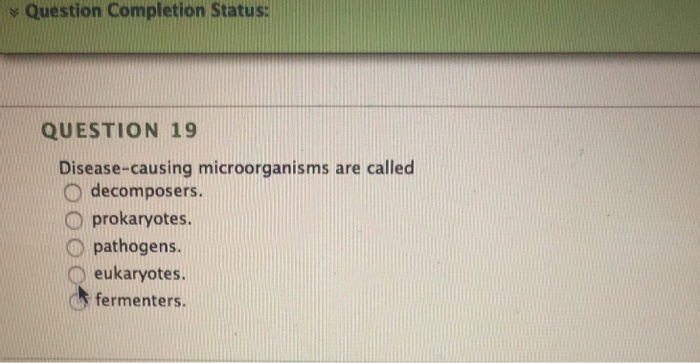
Solved: Question Completion Status: QUESTION 19 Disease-ca... | Chegg.com
The disease - causing microorganisms are called
NCERT SOLUTIONS: Class 8 Science chapter 2 Microrganisms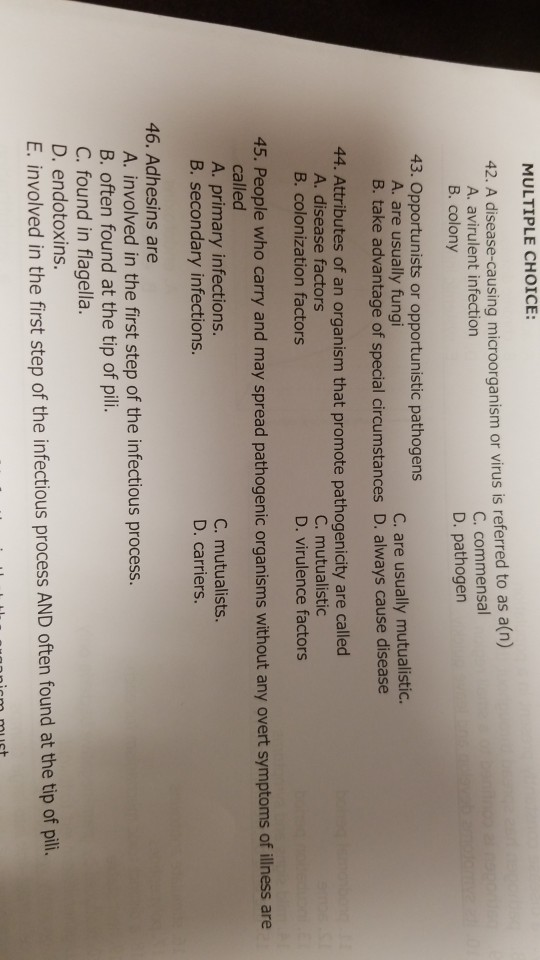
Solved: MULTIPLE CHOICE: 42. A Disease-causing Microorgani... | Chegg.com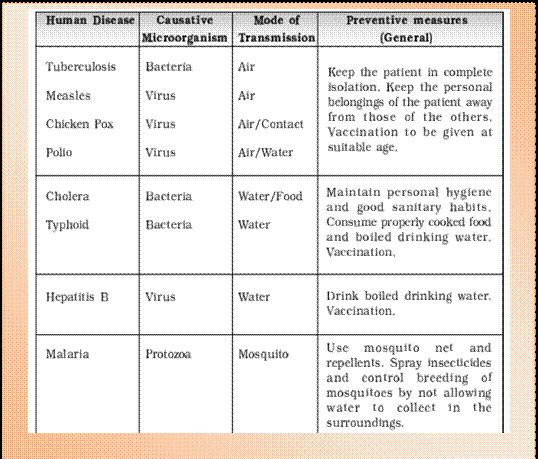
Class VIII Science Notes and study material for Microorganisms: Friend and Foe Chapter 2
Disease Causing Micro-organisms — Safe Drinking Water Foundation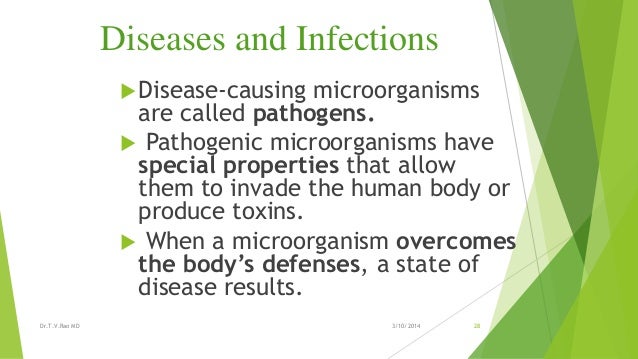
Micro organisms
Disease Causing Microorganisms - Plants, Animals and Humans | Definition, Examples, Diagrams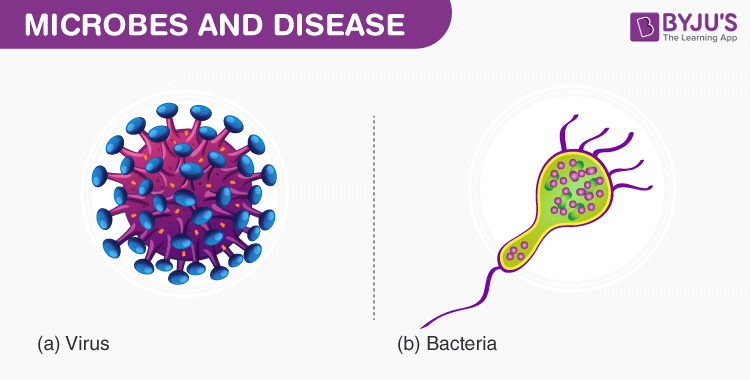
Microbes and Diseases- Explore Diseases Caused by Microorganisms
Dealing with Harmful Micro Organisms (Learn) : Biology : Class 8 : Amrita Vidyalayam eLearning Network
Disease Causing Microorganisms: Concepts and Videos with Examples
Disease Causing Micro-organisms — Safe Drinking Water Foundation
CHAPTER - 2 MICROORGANISMS : FRIEND AND FOE - ppt video online download
what are the carriers of disease causing microbes exaplin with the help of two people? - Brainly.in
CHAPTER - 2 MICROORGANISMS : FRIEND AND FOE - ppt download
PATHOGENS- Disease Causing Organisms - YouTube
What is the name of 20 harmful microorganisms with the diseases caused by them? - Quora
Diseases Caused by Microorganisms | PMF IAS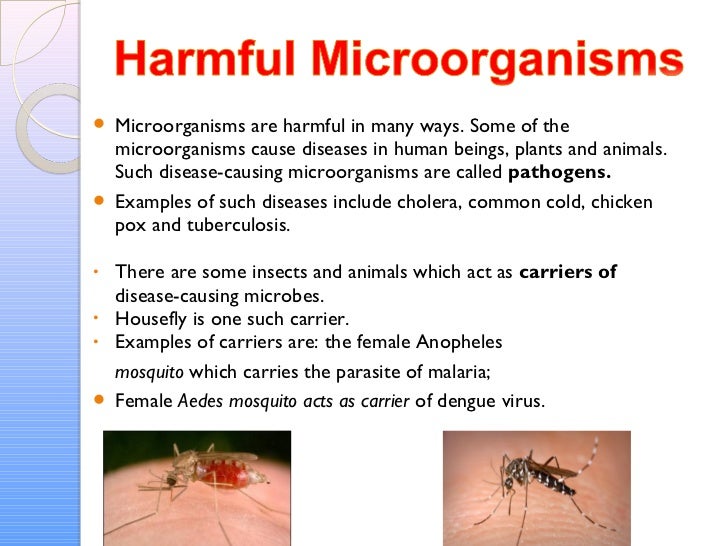
Microorganisms
MICROORGANISMS - disease causing microbes (pathogens) | class 8 | part 4 - YouTube
WALT: 1. To revise basic microbes 2 - ppt download
Lakhmir Singh Science Class 8 Solutions For Chapter 2 Microorganisms: Friends and Foe - Free PDF
Make table of common disease that are cause by the micro organism in humans? - Brainly.in
What are infectious diseases? | Facts | yourgenome.org
Solved: Mierobiology BIOL 2320 Instructor: Dr. - Harold Ka... | Chegg.com/scary-diseases-caused-by-bacteria-373276_FINAL-5c782a4546e0fb00011bf286.png)
7 Scary Diseases Caused by Bacteria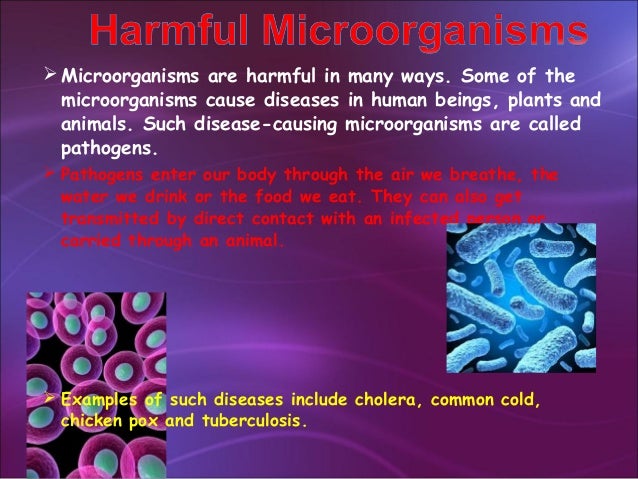
Microorganism our enemy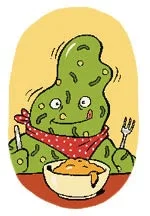
Disease Causing Micro-organisms — Safe Drinking Water Foundation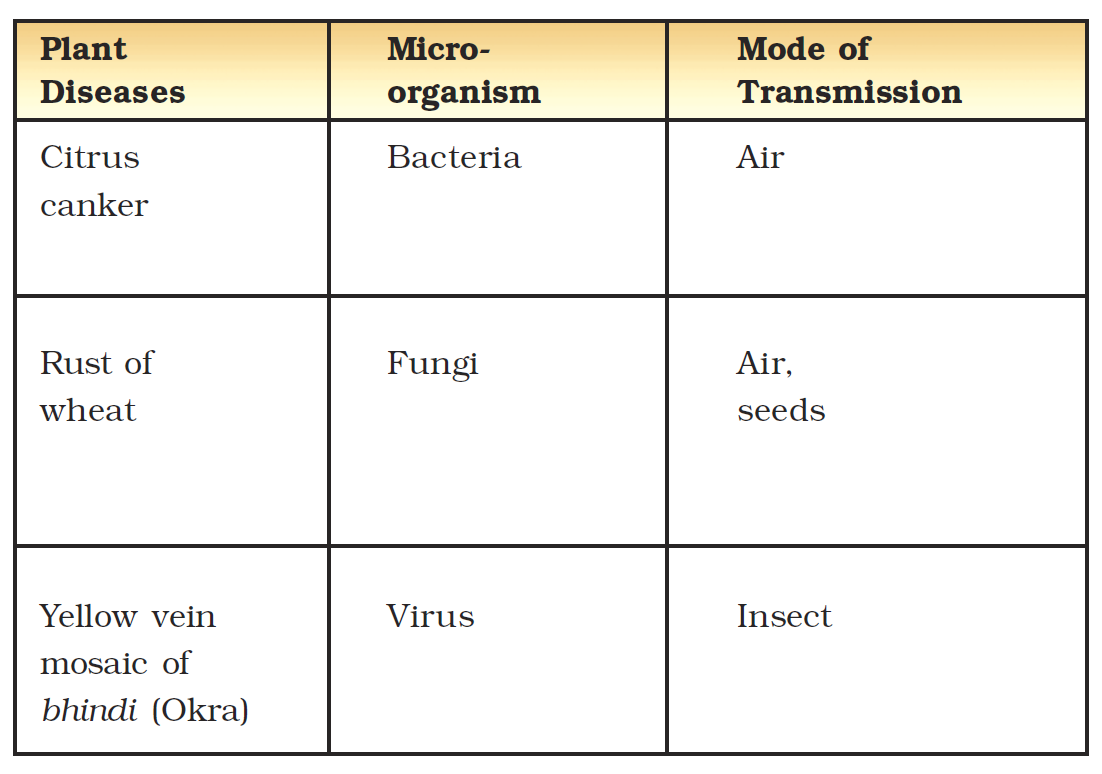
Microorganisms : Friend and Foe - NCERT Class 8 Science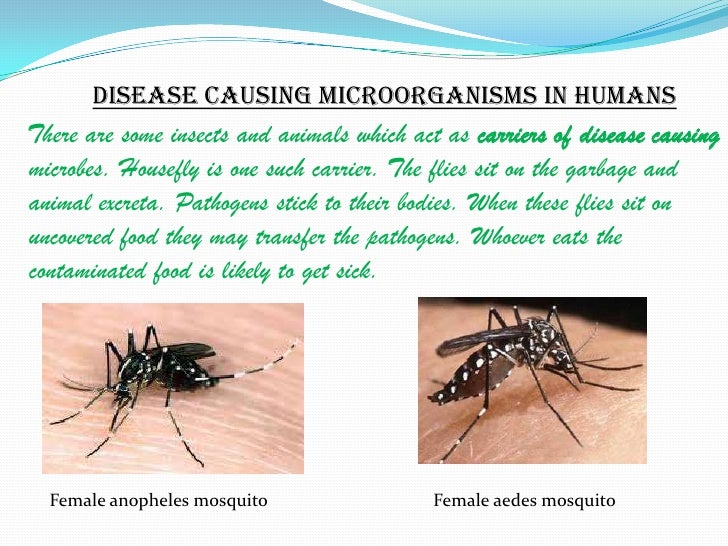
Microorganisms (3) (2)
Disease Causing Bacteria - all about bacteria images
Diseases causing microorganisms are called - Brainly.in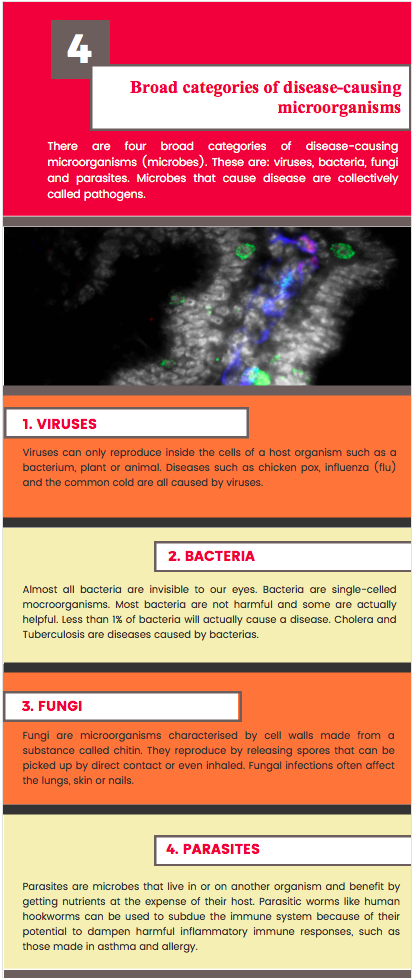
Four broad categories of disease-causing microorganisms | Malaghan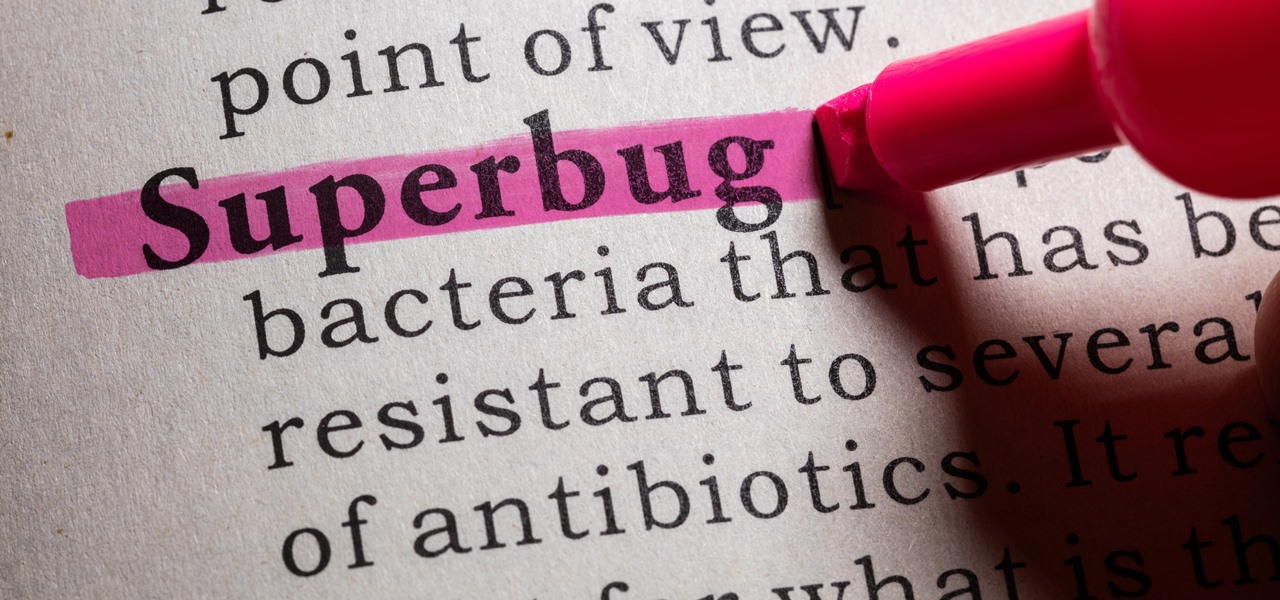
Bacteria, Viruses, Fungi ... All the Words You Need to Know to Understand Microbes « Invisiverse :: WonderHowTo
Dealing with Harmful Micro Organisms (Learn) : Biology : Class 8 : Amrita Vidyalayam eLearning Network
Harmful Microorganisms - Types and Harmful Effects on Human Body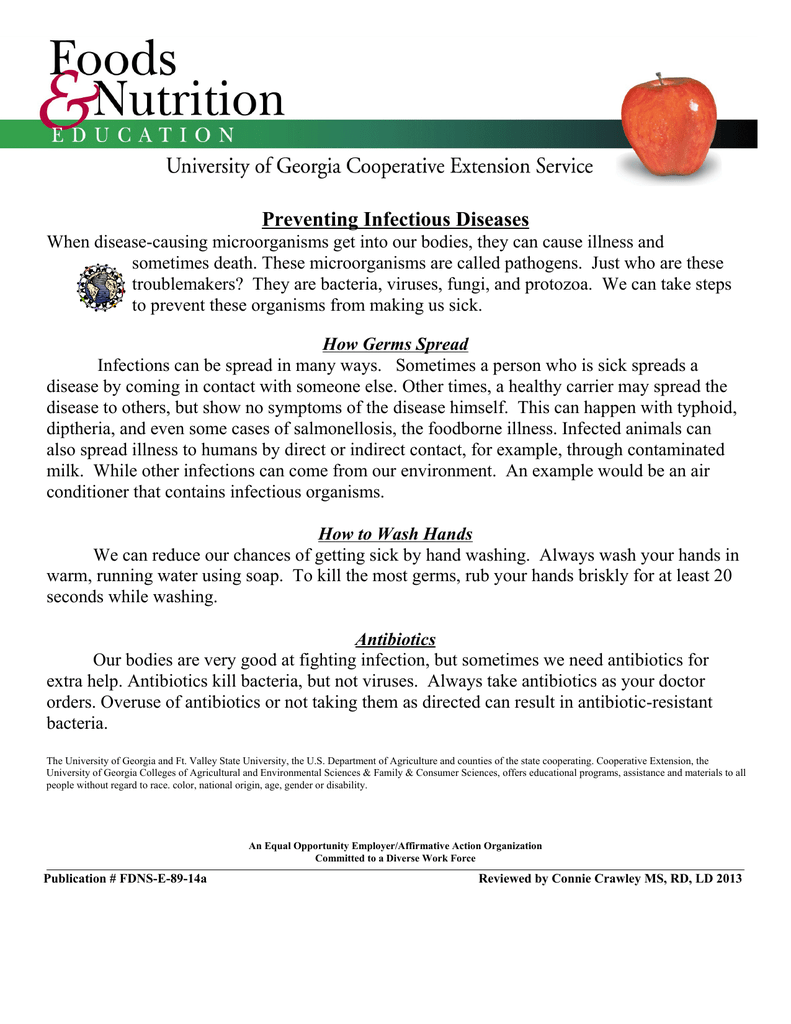
Preventing Infectious Diseases
Types of Microorganisms | Microbiology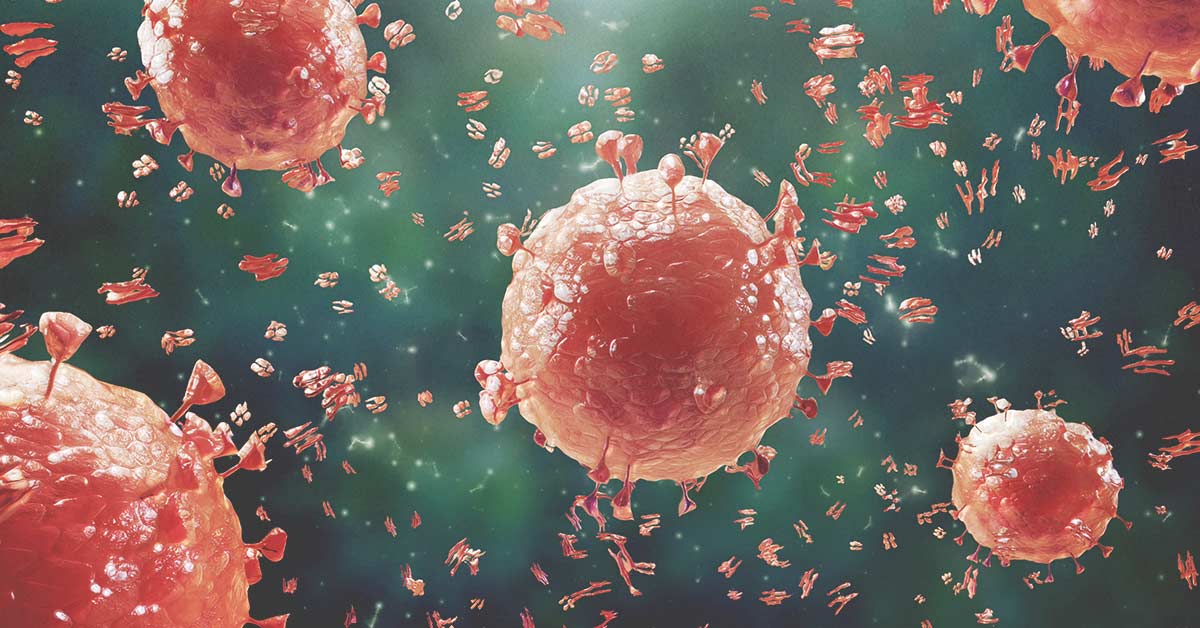
What is a Pathogen? 4 Types and How They Spread Disease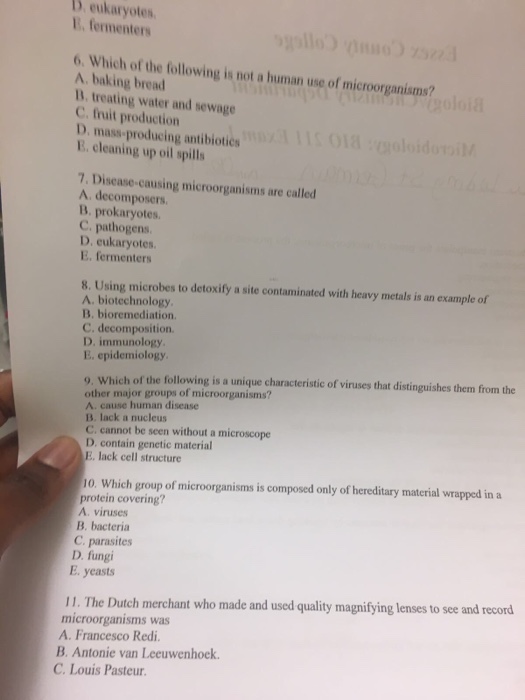
Solved: Which Of The Following Is Not A Human Use Of Micro... | Chegg.com
 Disease Causing Micro-organisms — Safe Drinking Water Foundation
Disease Causing Micro-organisms — Safe Drinking Water Foundation





















/scary-diseases-caused-by-bacteria-373276_FINAL-5c782a4546e0fb00011bf286.png)













Posting Komentar untuk "disease causing microorganisms are called"